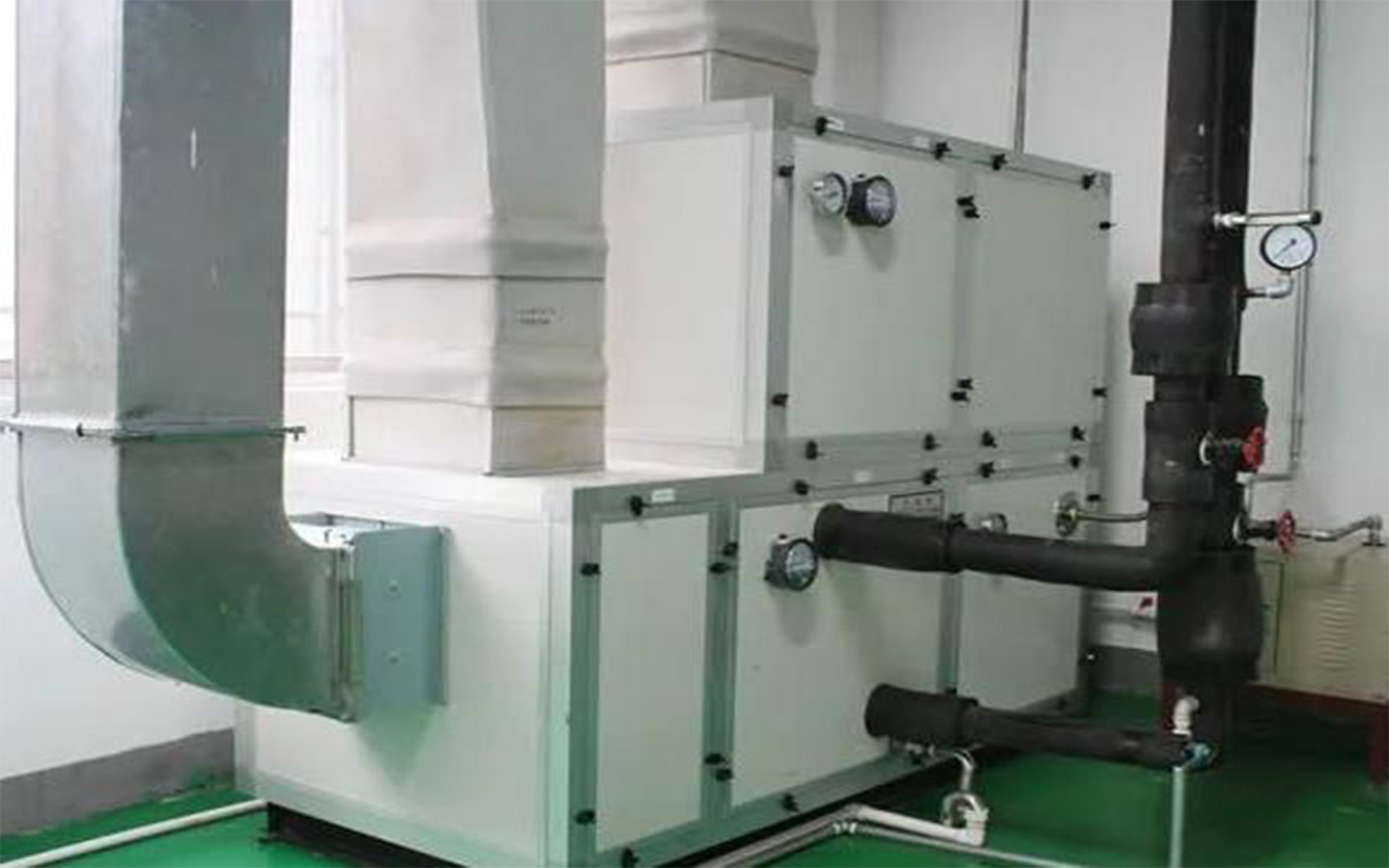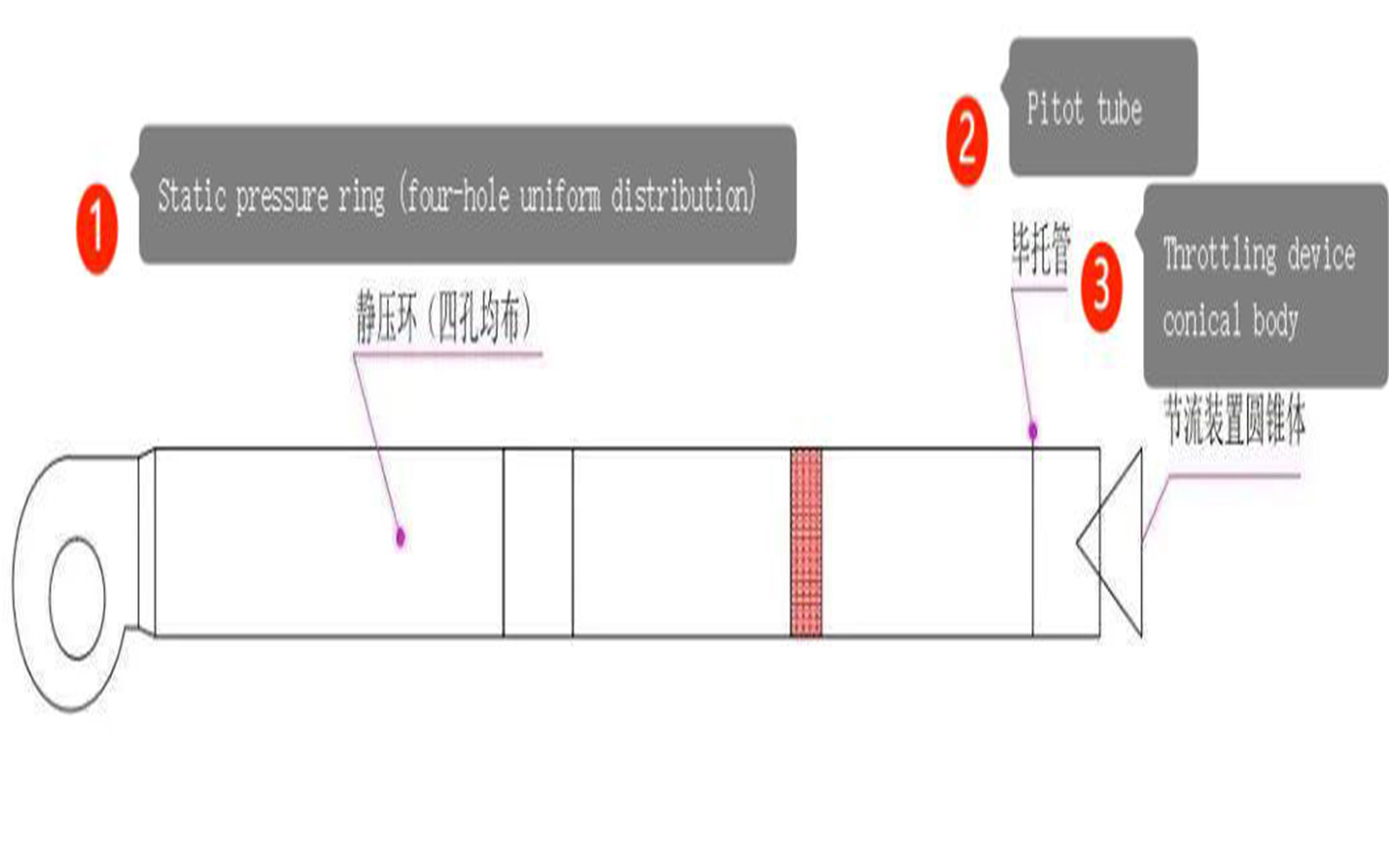Usually for comfort air conditioning, the performance curve of the fan is expected to be flat, so that the fan can still provide enough pressure head in case of air volume change.
For clean air conditioning, the system air volume is usually unchanged, but due to the presence of filters, the system resistance will have a large change, so it is necessary to choose a steeper performance curve of the fan, in the case of resistance changes, the fan can also provide sufficient air volume.
Selected motor power N = (Q / 3600) * P / (1000 * η) * K where the air volume Q unit for m3 / h, full pressure P unit for Pa, power N unit for kW, η fan full-pressure efficiency (according to the fan related standards, full-pressure efficiency shall not be less than 0.7, the actual estimated efficiency can be taken smaller, you can also take the 0.6, small fan to take the small value, the fan to take the large value), K for the motor capacity Coefficient, see the following table.
- Centrifugal fan
| Power KW | Generally used | Dust | High temperature |
| <0.5 | 1.5 | 1.2 | 1.3 |
| 0.5-1 | 1.4 | 1-2 | |
| 1.3 | 2-5 | 1.2 | |
| >5 | 1.1-1.15 |
2. Axial fan: 1.05-1.1, small power to take the value of large, large power to take the value of small
Selected motor power N = (Q / 3600) * P / (1000 * η) * K
Fan power P (KW) formula for P = Q * p / (3600 * 1000 * η0 * η1)
Q-air volume, m3/h;
p-Total air pressure of the fan, Pa;
η0-fan internal efficiency, generally take 0.75 ~ 0.85, small fan to take the low value, large fan to take the high value
η1-mechanical efficiency, 1, fans and motors directly connected to take 1; 2, coupling coupling to take 0.95 ~ 0.98; 3, with a triangular belt coupling to take 0.9 ~ 0.95; 4, with a flat belt drive to take 0.85
How to calculate the current of the motor:
I = (motor power / voltage) * c
Power unit is KW
Voltage unit: KV
C: 0.76 (power factor 0.85 and power efficiency 0.9 product).

Fan in the work, the airflow from the fan axial into the blade space, and then driven by the impeller on the one hand with the impeller rotation; on the other hand in the role of inertial force to improve the energy, along the radius of the direction of the impeller to leave the fan, relying on the centrifugal force to do work fan become centrifugal fan. Centrifugal fan is essentially a variable flow constant pressure device. The theoretical pressure-flow curve of a centrifugal fan is a straight line when the rotational speed is certain. Due to internal losses, the actual characteristic curve is curved. The pressure generated in a centrifugal fan is strongly influenced by changes in the temperature or density of the intake air. For a given inlet volume, the lowest pressure is generated at the highest inlet temperature (lowest air density). For a given pressure versus flow characteristic curve, there is a power versus flow characteristic curve.
Currently there are two main test standards for fan manufacturer fan performance: the AMCA211 third-party fan performance test standard and the GB1236 ventilator aerodynamic performance test method. Here GB1236 ventilator aerodynamic performance test method as an example.
Types of test devices for fans: Since the ducts connected to the outlet or inlet of a fan change its performance, it should be agreed that the four standard device types should be recognized. The four device types are:
–Type A: free inlet and free outlet
–Type B: free inlet and ducted outlet
–Type C: piped inlet and free outlet
–Type D: duct inlet and duct outlet
The test devices commonly used for centrifugal air conditioners are shown in Figure 1 below:


 Español
Español Русский
Русский Tiếng Việt
Tiếng Việt 中文
中文 suomi
suomi Français
Français Português
Português English
English Deutsch
Deutsch Français
Français Español
Español Italiano
Italiano Português
Português Pусский
Pусский


